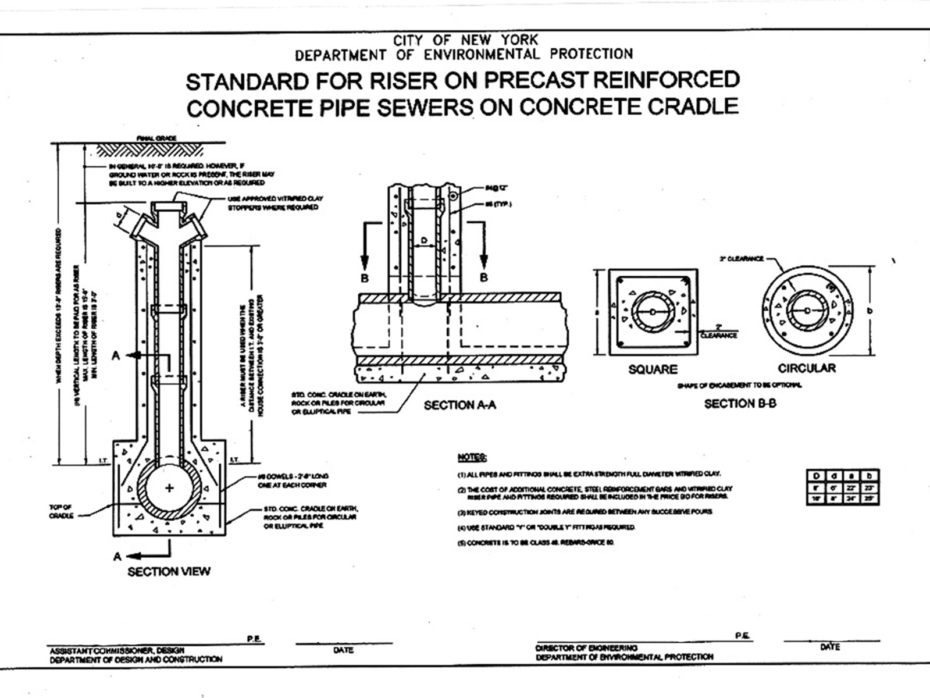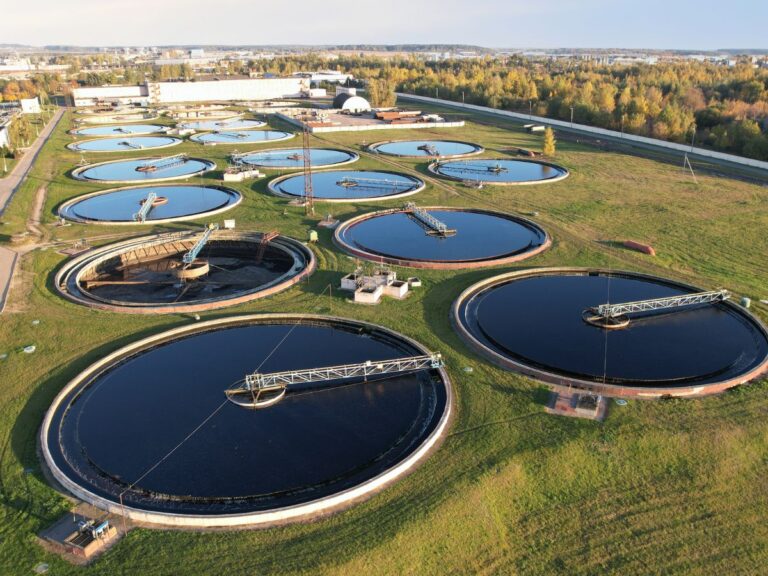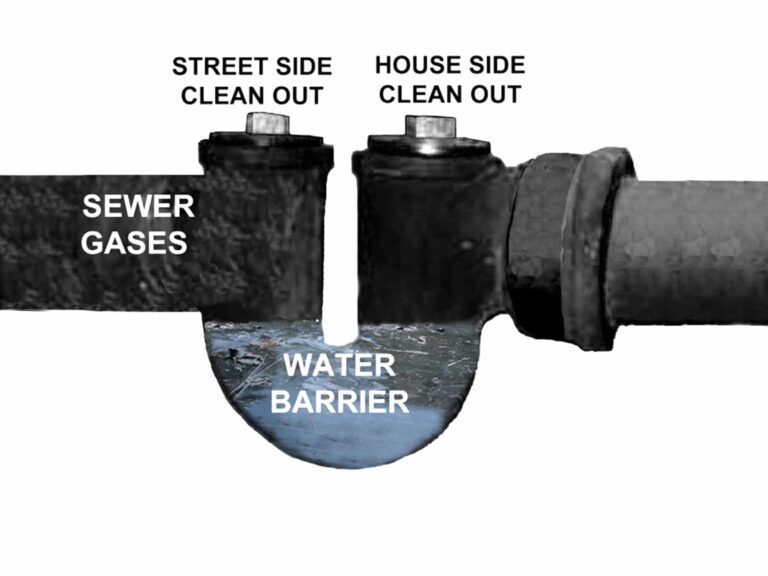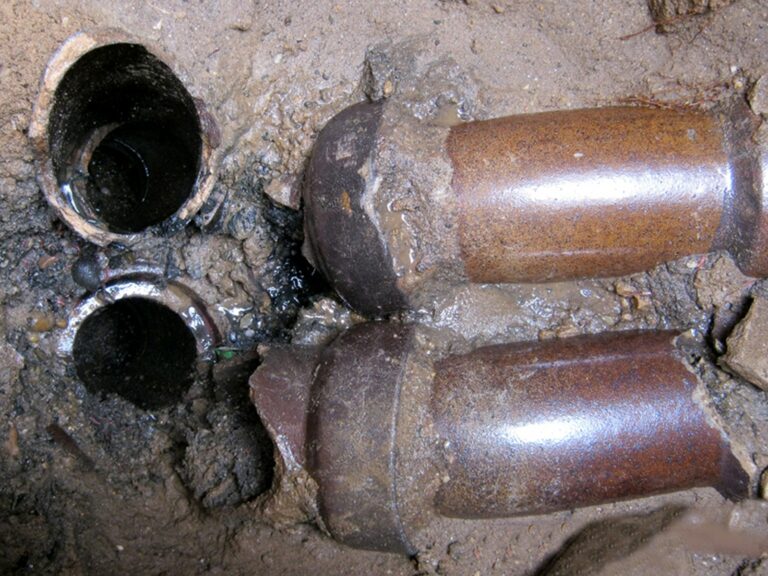As a property owner or a plumber, you may have heard of the term “riser”. A sewer riser connection is a specialized type of connection to the public sewer. A riser is actually 1 of 6 different types of house sewer connections. It is used for house sewer lines when certain circumstances exist, and it must meet strict DEP specifications and a NYC DEP inspection process.
In NYC the DEP closely monitors when a riser is being built, or connected to. That is because after the DEP signs off on a new sewer riser, they assume ownership and responsibility for its future maintenance and integrity.
A sewer riser connection is not common, there are only four main circumstances that exist when a sewer riser is required as a house sewer connection. This article will clearly explain all the basic information about this very specialized type of sewer connection.
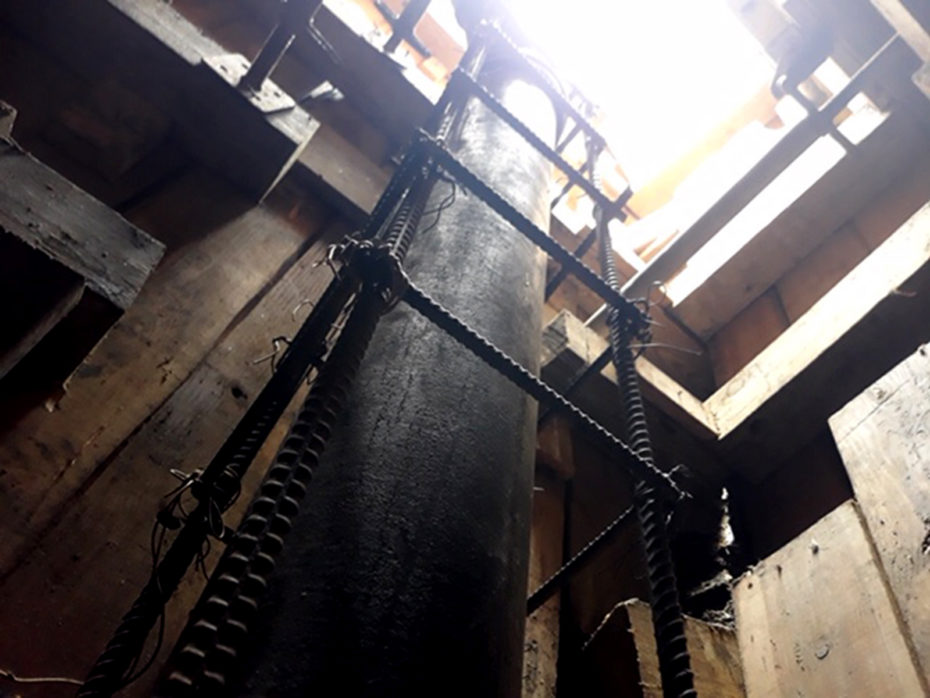
What is a sewer riser connection?
When a section of pipe is connected on the top of a city sewer and runs on a direct vertical path, it is considered a sewer riser connection. That is to say, a connection that runs directly from the top of the public sewer towards the roadway above. Typically a riser is left 12′ below grade, and then the house sewer connection begins.
The 4 conditions when a Sewer Riser Connection is required
A riser connection is primarily required when the public sewer is extremely deep. In NYC “extremely deep” typically equates to over 13′ deep or so. In most cases, the NYC DEP builds such a connection at the same time they build their public mainline sewer.
There are a total of four main circumstances when a riser connection is typically utilized as a connection for a house sewer. These defined set of circumstances make a sewer riser connection one of the least used house sewer connection types. The 4 conditions are as follows:
1. When the public sewer is extremely deep
The primary time a sewer riser is used is when the public sewer is extremely deep, meaning more than about 13’deep. On an extremely deep public sewer, the use of a sewer riser connection relieves the property owner of the cost of excavating to an extreme depth to make a connection.
In these cases, a riser also lessens the expense if a sewer repair is ever needed in the future. There are three other primary, but less likely circumstances, when a sewer riser connection is used.
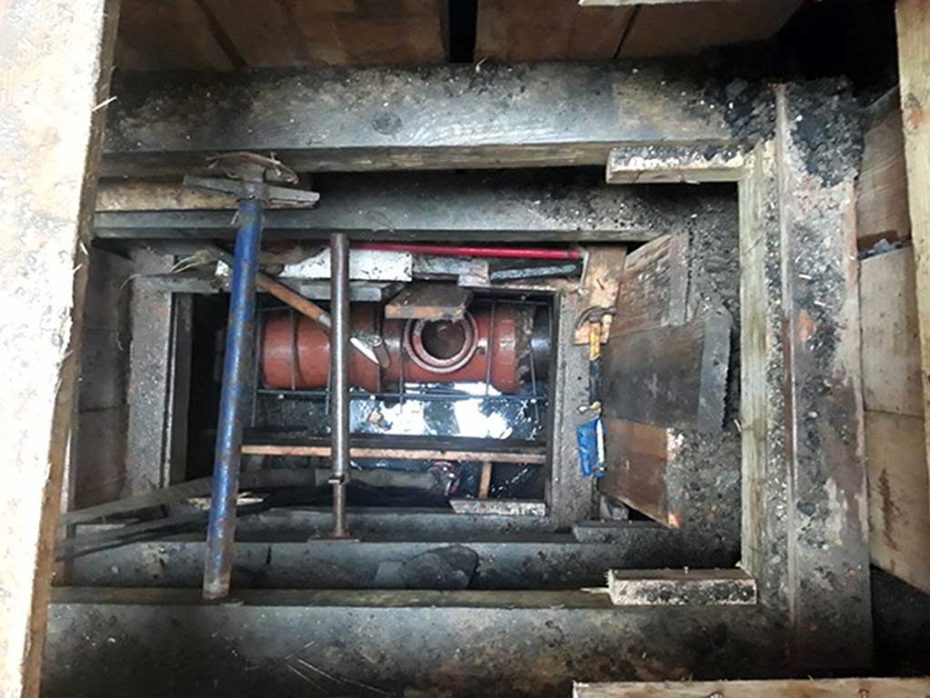
2. When there is a high ground water table
When there is a high groundwater table a riser is frequently installed to enable the house sewer to be installed above the water table. This lessens the chance of a future issue, such as pipe settlement or pipe corrosion. It also greatly lessens the cost if a future repair is needed, as de-watering of the groundwater would not be required.
3. When extreme underground utility obstructions exist
In very rare instances, more often in Manhattan, excessive underground utilities prevent a house sewer from being installed with pitch. An excessive amount of underground utility lines place them in the direct path of a house sewer installed from the building on a direct path to the public sewer.
Rare cases like this mandate that a sewer riser be built to a level above the other underground utility lines. Then the house sewer can be installed with pitch from the building to the riser connection. In many of these cases, an ejector sewer pump system must be installed inside the basement of the building.
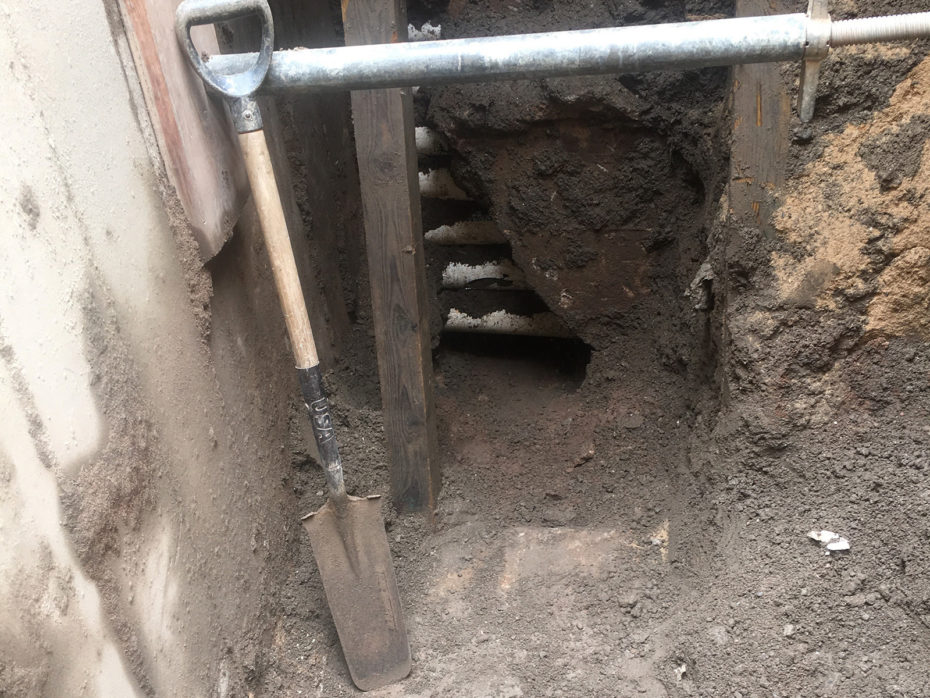
4. When there is an excessive pitch on a house sewer lateral
In certain cases, particularly when a building is slab on grade (it has no basement), a riser must be built. That is because a house sewer is only allowed to have a maximum amount of pitch on the pipe. That limit is 1′ of pitch per 4′ of run of pipe. If the pitch exceeds that amount from the exit point of the building to the city sewer, a riser must be built.
The material used to build a sewer riser connection is typically extra heavy cast iron soil pipe. Vitrified clay pipe or ductile iron pipe are also permitted. Regardless of the type of pipe, all risers must be encased with ready-mix concrete of a minimum strength of 4,000 PSI.
The 4 Step Process for building a sewer riser connection
Since all steps of building a sewer riser in NYC are overseen by the NYC DEP, a careful 4 step process must be followed. All of these steps are also based upon following the approved DEP riser diagram and using approved materials. There are various types of pipes and materials used to construct public sewers.
Among the materials to build a public sewer are vitrified clay, concrete pipe, concrete sewers, ductile iron, and older sewers built out of brick. With each type and size of public sewer, there are different processes to build a riser connection. Regardless, the basic 4 step process is as follows:
1. Proper excavation and exposing the public sewer
Just like building a house, building a riser is 1st based upon a solid foundation. That means a properly sized and sheeted excavation must be made to completely expose sections of the public sewer.
2. Building the base for the riser connection
Before the base of the riser is poured, it must be formed out. In addition, a careful pattern of approved rebar must be secured in place. Only then case 4,000 or stronger ready mix concrete be poured to make the base for the sewer riser. It must then be allowed to cure for a period of time.
3. Building the sewer riser itself
Building the riser itself requires the most time and skill as well. At the top dead center, the public sewer must be core drilled to provide the connecting point for the riser piping. The size of the sewer riser pipe is always one size larger than the size of the house connection itself. As an example, an 8″ riser is required for a 6″ house connection.
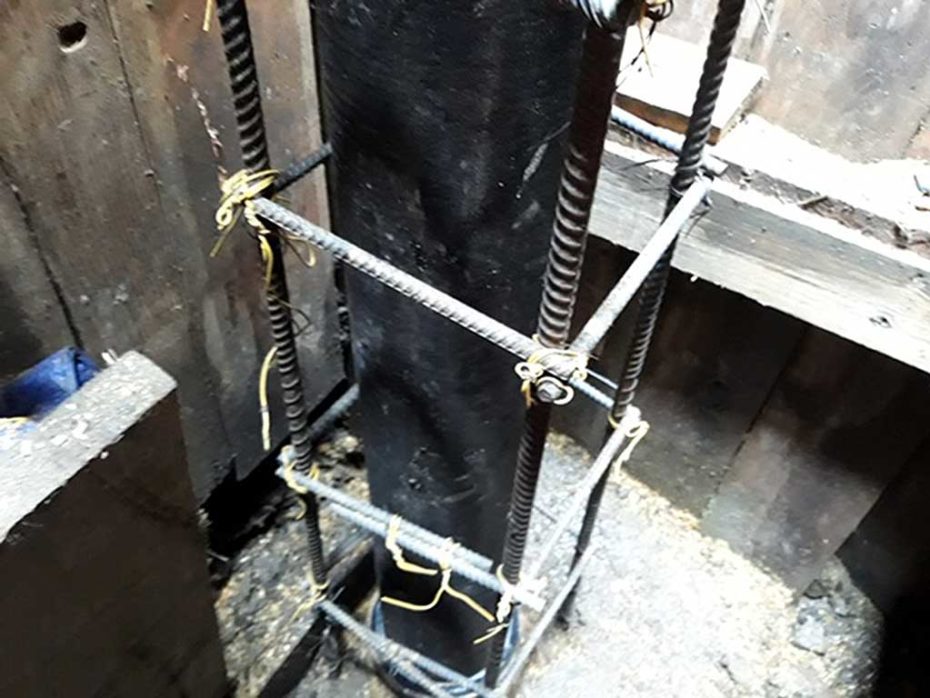
After the core drill is made, the riser piping is installed with a Wye connection on top. Just like the base, rebar is placed around the riser piping, and a form as well. After the piping and form are inspected by the NYC DEP ready-mix concrete is poured to encase the piping. This ensures a long-lasting sewer connection, that should prevent any sort of future defect.

4. Connecting the house sewer to the riser connection
The last and easiest step is the actual connection of the house sewer to the sewer riser itself. This is done after the excavation is backfilled and compacted to the level of the house sewer itself. Just like all of the other steps, the sewer connection itself must be inspected by NYC DEP field forces. After all 4 steps are inspected and completed, the DEP issues a sign-off.
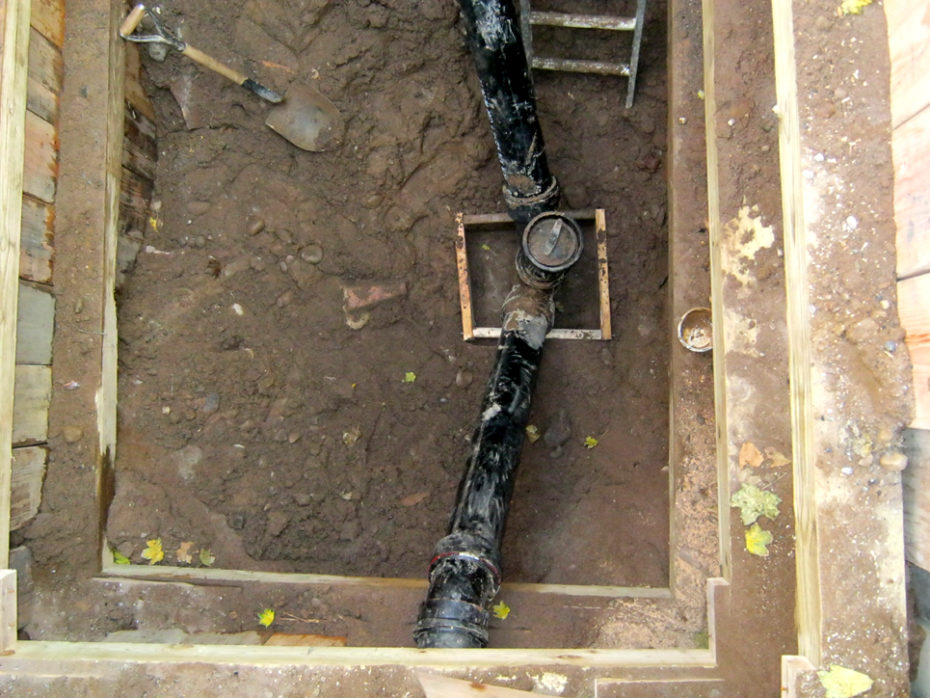
The expert in NYC house sewer connections
Regardless of the type of house sewer connection needed, Balkan has the expertise, experience, and wherewithal to complete the installation expertly. Balkan Sewer And Water Main Service has well over 70 years of experience and has been in continuous operation since 1952. From the initial phases of any project or repair, you can count on expert advice and service. Feel free to contact the Balkan Team for any subsurface project you may have.


